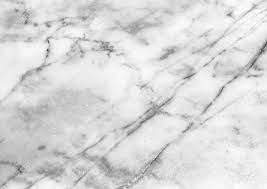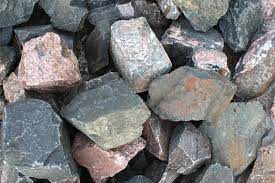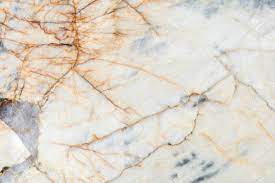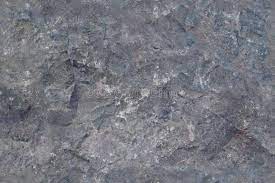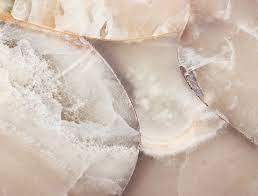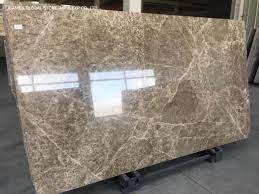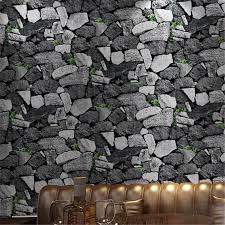Stone
One of Tidots specialties is Stone. Let’s get to know this product a bit more!
Stones are rugged and durable materials with a great variety of colors and materials, which have long been used as one of the most widely used building materials. In addition to playing an essential role in strengthening the building, this material is used as a decorative element to beautify various buildings. high durability and resistance, optimal polishing, high abrasion and impact resistance, etc are among the unique properties of different types of building stones.
I. Variety of stones
• available in red, black, brown, chocolate, pink, blue and green colors
• hard and durable with high polishing ability
• Resistant to water penetration and impact
• Used in kitchen decoration, bathroom sink, kitchen sink, counter and flooring.
• has a porous texture and various colors and stripes
• high polishing and cutting properties
• resistance to factors such as expansion, frost, shrinkage, heat, etc.
• suitable for building flooring because it prevents slipping.
• available in red, gray, and brown
• rough, hard, yet crystalline surface
• weather resistance
• suitable option for covering walls, building facades, repairing walls, and floors
• available in red, yellow, white, gray, purple and green
• high polishing ability and a mirror surface
• used for interior decoration, flooring, columns, stairs and interior decorations
• little resistance to weathering and acid rain
• used in buildings such as flooring and wall coverings
• available in white, gray, reddish brown, yellow, red and brown colors
• high versatility
• used inside and outside the building, flooring, wall coverings, roofing,
balconies, pools and patios
• resistance to weather as well as low water absorption
• used as a floor tile, stove and kitchen worktop
• hard and resistant to staining
• used as kitchen table, wall, floor tiles, and stairs
• different colors can be found
• used as floor tiles throughout the building and bathroom wall tiles, shower trays, and veneers
• uniform gray color
• very hard and compact
• used as an aggregate, flooring, monuments, and other stone objects.
• light color
• used for light joints
• available in a variety of colors, structures and textures
• do not have any harmful pollutants for health
• used in environments such as the kitchen, decorative stone on the walls and as a floor of the building
• softer and more flexible than other types of building stones
• resistant to environmental changes, frost, moisture, pressure, scratches, abrasion and fire.
• used to beautify the interior and exterior of buildings, floors, landscaping of recreational places, gardens and
villas.
II. Stone size
Slab stone
Slab stone is an example of natural building stone that is widely used in interior and exterior decoration.

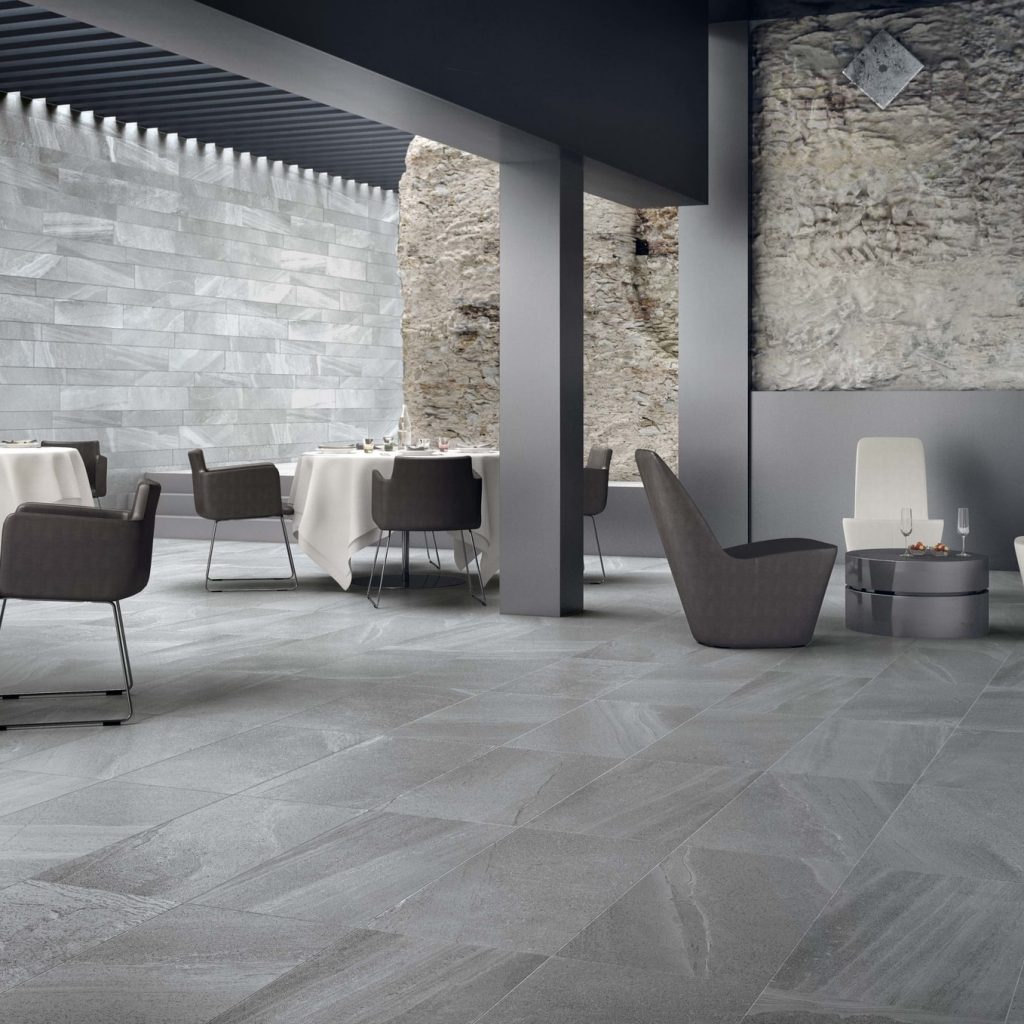
Tile stone
stone tile is a type of cut stone for use on floors, walls, facades, and stairs.
Cope stone
Cope stone, which is also called block stone, is a stone that is extracted directly from the mine
and is usually transported to the quarries in a 4-sided or 6-sided shape.

III. Applications
| Applications | Technical specifications to be measured | Suitable types of stones |
|---|---|---|
| Covering interior walls | Density-flexural strength and polishing | Limestone-marble-tuff-gypsum-onyx marble |
| Interior floor stairs | Density-Stiffness-Impact resistance-Abrasion resistance and polishing | ----- |
| Exterior surface | Water Absorption-Density-Stiffness-Expansion coefficient-flexural strength-Tension resistance-Impact resistance-Frost resistance and polishing (based on the aim of designing) | Dense limestone-sandstone-marble-granite-syenite-dionite-gabbro-basalt |
| Street floor and sidewalk | Size of grains-Water Absorption-Density-Stiffness-Expansion coefficient-Pressure strength-Impact resistance-Abrasion resistance and polishing | Dense limestone-sandstone-tuff-granite-dionite-basalt-diabase |
| Roof | Water Absorption-Density-Stiffness-Expansion coefficient-flexural strength-Impact resistance-Abrasion resistance-and polishing | Slate-chlorite schists and mica schists |
| Wall and foundation | Water Absorption-Density-Stiffness-Expansion coefficient-Pressure strength-frost resistant | ----- |
| Breakwaters | Water Absorption-Density-Stiffness-impact strength-frost resistant-Abrasion resistance | Basalt-peridonite-amphibolite-hard sandstones |
| Road infrastructure | Size of grains-Water Absorption-Density-Stiffness-Pressure strength | Hard rocks in the area |
| Railway | Water Absorption-Density-Stiffness-Pressure strength-impact resistant-Abrasion resistance-frost resistant | Hard rocks in the area |
| Decorative | Density-flexural strength (based on the use)-shear resistant (based on the use)-Frost resistance (if it will be used outside the building)-Frost resistance (based on the aim of designing) | Hard limestone-marble-onyx marble-igneous rocks and formable sandstones |
IV. Chemichal composition and processing
The rocks can be classified as siliceous, calcareous as well as clayey, which depends on the chemical properties of the soil containing its main components. Silica is the raw material of the earth in siliceous rocks. Lime carbonate seems to be the primary element in limestone.

Stone has 3 processing stages. These stages are:
V. Packaging
Initial packaging
In the initial packaging stage, a protective layer of wrapping paper or plastic wrap is applied to each piece
of stone. This packaging is usually done to deliver stones that are short and close.
Export packaging
This packaging sample is generally used for export stones that are sent to other countries. Export
packaging must be very strong and that is why building stones are placed in cartons that are protected with
2 layers of foam.
Wooden and iron boxes and pallets are used to pack plaques or sheets of stone.
VI. Top exporters & Importers
Tidots
Mettmaner str. 119 - 40882 Ratingen, Germany
+49-162-4195257
Quick Links
Newsletter
Get in touch about our new services, products and events





